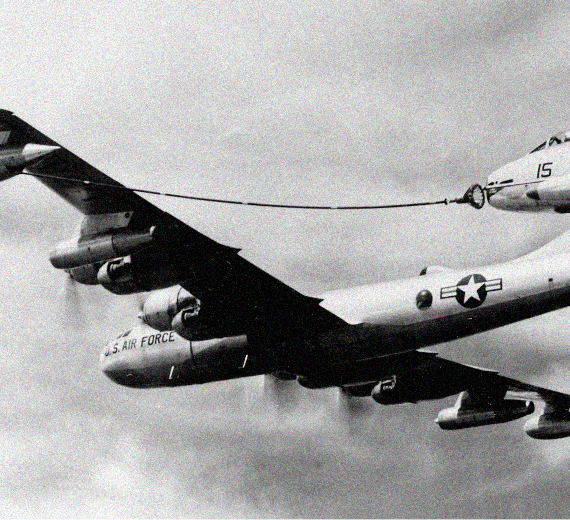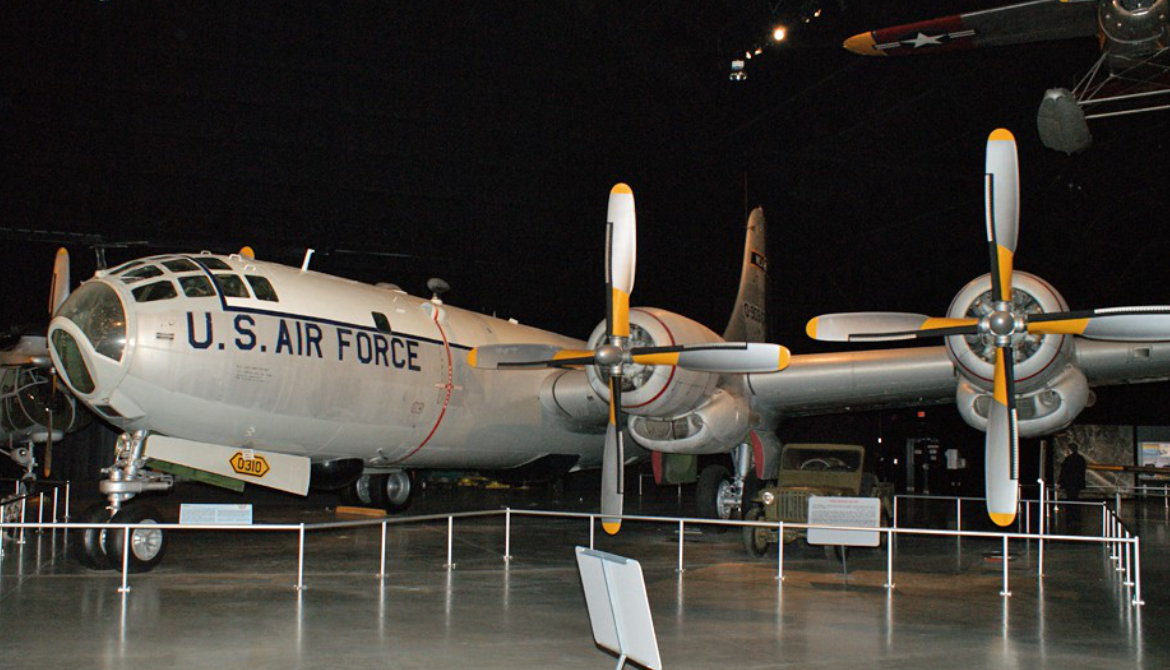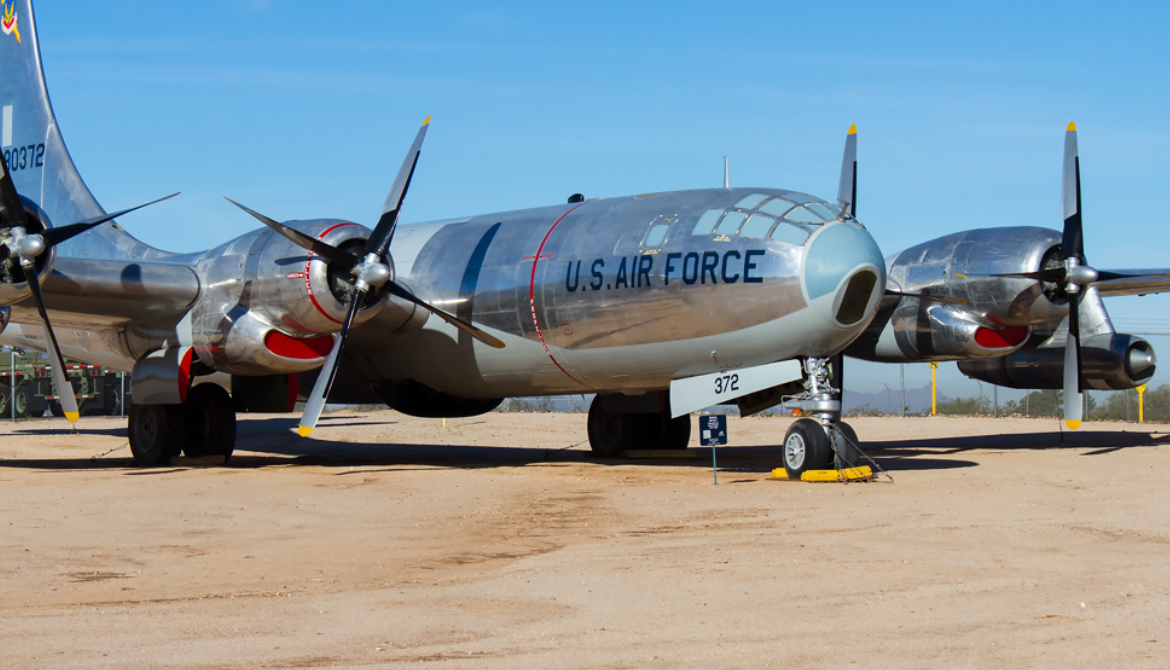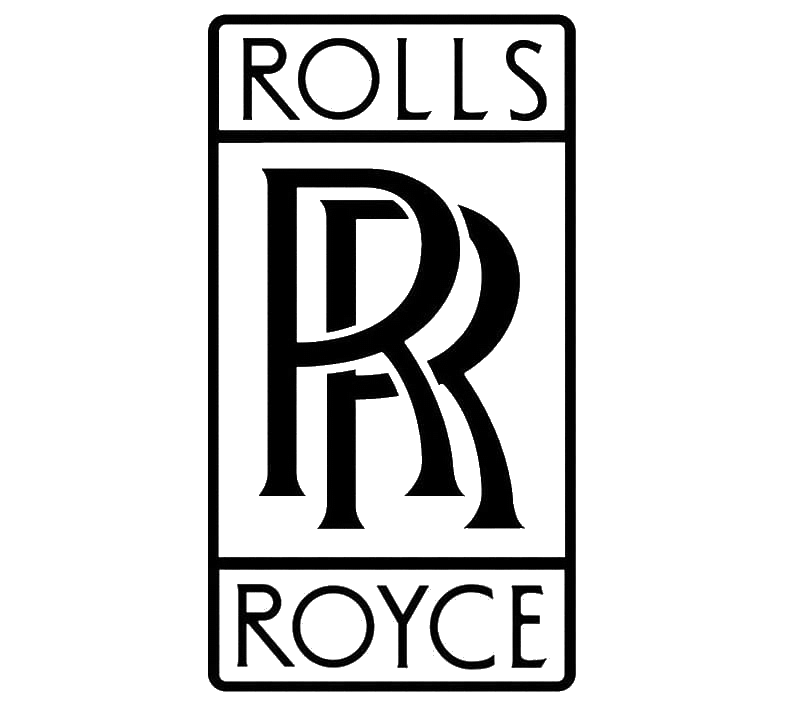Boeing Military
B-50 Andy Gump
Role Strategic bomber
National origin United States
Manufacturer Boeing
First flight 25 June 1947
Introduction 1948
Retired 1965
Primary user United States Air Force
Produced 1947–1953
Number built 370
Developed from
Boeing B-29 Superfortress
Variants Boeing B-54
Developed into Boeing C-97 Stratofreighter
.
History Boeing Military
Boeing B-50 Andy Gump

The Boeing B-50 Superfortress is an American strategic bomber. A post–World War II revision of the Boeing B-29 Superfortress, it was fitted with more powerful Pratt & Whitney R-4360 radial engines, stronger structure, a taller tail fin, and other improvements. It was the last piston-engined bomber built by Boeing for the United States Air Force, and was further refined into Boeing's final such design, the prototype B-54. Although not as well known as its direct predecessor, the B-50 was in USAF service for nearly 20 years.
Development of an improved B-29 started in 1944, with the desire to replace the unreliable Wright R-3350 Duplex-Cyclone engines with the more powerful four-row, 28-cylinder Pratt & Whitney R-4360 Wasp Major radial engine, America's largest-ever displacement aircraft piston engine in large-scale production. A B-29A-5-BN (serial number 42-93845) was modified by Pratt & Whitney as a testbed for the installation of the R-4360 in the B-29, with four 3,000-horsepower (2,200 kW) R-4360-33s replacing the 2,200-horsepower (1,600 kW) R-3350s. The modified aircraft, designated XB-44 Superfortress, first flew in May 1945.
The planned Wasp-Major powered bomber, the B-29D, was to incorporate considerable changes in addition to the engine installation tested in the XB-44. The use of a new alloy of aluminum, 75-S rather than the existing 24ST, gave a wing that was both stronger and lighter, while the undercarriage was strengthened to allow the aircraft to operate at weights of up to 40,000 pounds (18,000 kg) greater than the B-29. A larger vertical fin and rudder (which could fold to allow the aircraft to fit into existing hangars) and enlarged flaps were provided to deal with the increased engine power and weight, respectively.Armament was similar to that of the B-29, with two bomb bays carrying 20,000 pounds (9,100 kg) of bombs, and a further 8,000 pounds (3,600 kg) externally. Defensive armament was 13 × 12.7mm (.50 inch) machine guns (or 12 machine guns and one 20 mm (0.8 in) cannon) in five turrets. First flying in May 1945, the sole XB-44 proved 50–60 mph (80–100 km/h) faster than the standard B-29, although existing sources do not indicate how much of this increased speed was due to differing aircraft weight due to deleted armament or increased power due to the R-4360-33 engines.0
KmCeiling
0
KmRange
0
Km/HAircraft Speed
0
Max Crew
Photo Gallery
Boeing B-50 Andy Gump


Boeing Military Airplanes
Boeing B-50 Andy Gump
General characteristics
- Crew: 8 to 10: Pilot, co-pilot, bombardier, navigator, flight engineer, radio/electronic countermeasures operator, two side gunners, top gunner and tail gunner
- Length: 99 ft 0 in (30.18 m)
- Wingspan: 141 ft 3 in (43.05 m)
- Height: 32 ft 8 in (9.96 m)
- Wing area: 1,720 sq ft (160 m2)
Powerplant
- Empty weight: (38,426 kg)
- Gross weight: (55,270 kg)
- Max takeoff weight: (78,471 kg) (max overload weight)
- Powerplant: 4 × Pratt & Whitney R-4360-35 28 Cyl. four-row air-cooled radial piston engine, 3,500 hp (2,600 kW) each
- Powerplant: 2 × General Electric J47-GE-23 Turbojet, 5,200 lbf (23 kN) thrust each (auxiliary engines in KB-50J tanker only)
Specifications
- Maximum speed: 394 mph (634 km/h, 342 kn) (9,150 m)
- Cruise speed: (393 km/h,
- Combat range: (3,853 km,)
- Ferry range: 7,750 mi (12,470 km,
- Service ceiling: (11,200 m)
- Rate of climb: 2,200 ft/min (11 m/s)
Related development
- Guns: ** 13 × .50 in (12.7 mm) M2 Browning machine guns in 4 × remote controlled and manned tail turret
- Bombs: ** 20,000 lb (9,100 kg) internally
- 8,000 lb (3,600 kg) on external hardpoints
-
Optional: in specially modified planes; one 43,600 lb (19,800 kg) T-12 Cloud Maker, One M-110, 22,376 lb (10,150 kg) Grand Slam copy, or two 12,660 lb (5,740 kg) Tallboy copies and numerous Nuclear weapons.
Boeing B-50 Andy Gump
Links to Youtube & Others
The deployment of the MiG-15 interceptor in the early 1950s made these flights exceedingly hazardous, with several being shot down by Soviet air defenses and the wreckage being examined by intelligence personnel. RB-50 missions over Soviet territory ended by 1954, replaced by the RB-47 Stratojet intelligence aircraft that could fly higher at near-supersonic speed.
Boeing
B-50 Superfortress
Boeing built 370 of the various B-50 models and variants between 1947 and 1953,
Youtube Link
B-50s from the 4925th Special Weapons Group of Kirkland Air Force Base in Albuquerque, New Mexico dropped atomic bombs in a series of tests in Frenchman Flat,












